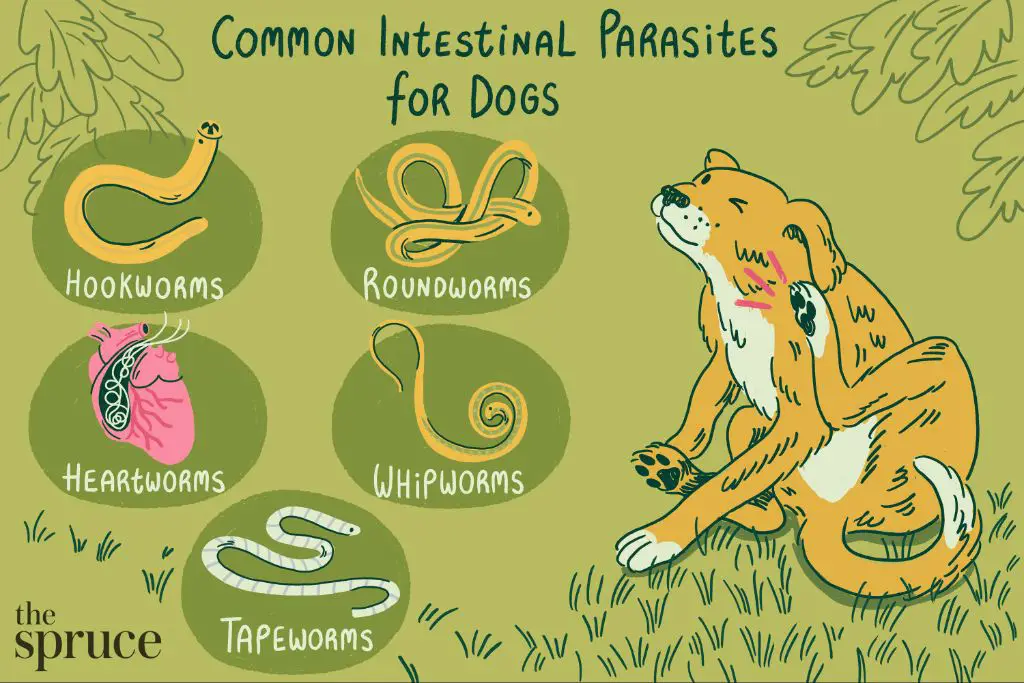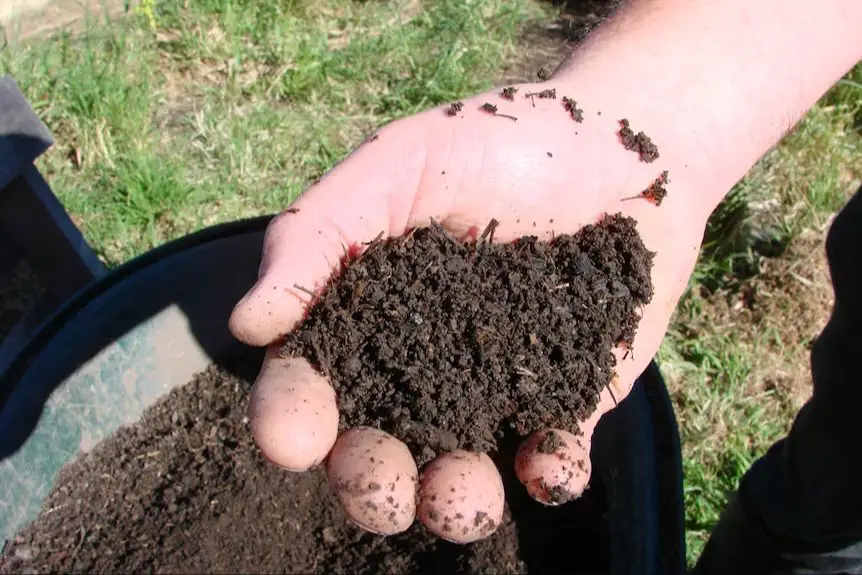Introduction
Dog waste is an issue that impacts neighborhoods across the country. Though it may seem harmless, improper disposal of dog feces can have detrimental effects on the environment and public health. An estimated 40 million pounds of dog waste is left unscooped across the U.S. each year. With over 90 million pet dogs nationwide producing millions of pounds of waste daily, proper disposal is crucial.
Some dog owners may wonder if it’s okay to just toss used dog waste bags down the sewer. Afterall, out of sight, out of mind, right? Unfortunately, that practice can cause problems. This article provides an overview of why you should never throw dog poop bags into the sewer system.
The Dangers of Dog Waste
Dog waste can pose a risk to health if not disposed of properly. It contains harmful bacteria, viruses, worms, and parasites that can make humans and other animals sick. Some of the dangers include:
Health risks to humans:
- Toxocariasis – An infection transmitted through roundworm eggs in dog feces that can cause vision loss, rashes, fever, and coughing.
- Salmonella – A bacterial infection that leads to diarrhea, vomiting, and abdominal cramps.
- E. coli – A bacterial infection that causes bloody diarrhea, dehydration, and kidney failure in severe cases.
- Giardia – An intestinal infection causing diarrhea, bloating, nausea, and fatigue.
Health risks to other pets:
- Internal parasites – Hookworms, roundworms, whipworms, and tapeworms can be transmitted to dogs through ingesting feces.
- Parvo – Exposure to feces from an infected dog can lead to this highly contagious viral disease.
- Leptospirosis – A bacterial disease that attacks the kidney and liver.

Environmental Impacts of Dog Waste in Sewers
Dog waste contains high levels of nutrients like nitrogen and phosphorus. When this waste enters sewers and waterways, it causes a process called eutrophication. This is where algae and aquatic plants start growing out of control, fed by the nutrients in the dog poop.
As the algae spreads, it blocks sunlight from reaching underwater plants. When the plants die off, it reduces oxygen levels in the water. This makes it difficult for fish and other aquatic animals to breathe. Eutrophication can cause toxic algal blooms that release dangerous cyanotoxins into the water.
Overall, the excess nutrients from dog waste feed algal growth that throws aquatic ecosystems out of balance. This leads to reduced biodiversity and depleted oxygen levels that are harmful to many organisms. Allowing dog poop to enter sewers contributes to this major environmental problem.
Proper Disposal Methods
When it comes to getting rid of dog waste in an environmentally responsible way, there are a few recommended disposal methods:
Trash
The most common method is to simply pick up the waste with a plastic bag, seal it, and throw it in the garbage. Just be sure to only use plastic bags that are designated for pet waste pickup, as these are thicker and help contain odors and moisture. Make sure to tie up the bag tightly before tossing it.
Composting
For those with a compost pile at home, adding dog waste to it is another eco-friendly option. Dog poop can act as a fertilizer and contribute nitrogen to the compost. However, it’s important to note that the waste needs time and heat to decompose properly. Burying it in the center of an active compost pile is ideal.
Flushable Bags

There are also specially designed flushable dog bags on the market. These are made from materials that break down when agitated in water, allowing their contents to be flushed down the toilet. However, it’s best to avoid overusing these, as some municipalities recommend not flushing pet waste due to potential sewer system issues.
Why Not Sewers?
While it may seem convenient to dispose of dog waste by flushing it down the toilet or tossing it into storm drains, this causes major problems for sewer systems and water treatment plants. When dog waste enters sewers, it can clog pipes and interfere with equipment at treatment facilities.
Sewer systems rely on microbes to break down waste as it flows through. But dog feces contains pathogens that can kill these beneficial microbes. With lower microbe levels, solid materials are less likely to decompose before reaching treatment plants.
Clumps of dog waste can snag on pipes, roots, or debris within sewers. Over time, these clumps accumulate and restrict flow, potentially causing backups and overflows. They also strain treatment plant equipment not designed to handle such solids.
The high nutrient levels in dog waste likewise pose challenges. The microbes at treatment plants are not equipped to remove excess nutrients like nitrogen and phosphorus. These contaminants pass through the system and pollute waterways, contributing to algal blooms and fish kills.
Sewer System Basics
Sewer systems and storm drains are two different types of infrastructure designed for specific waste management purposes. Sewer systems transport wastewater from buildings to a wastewater treatment facility before being discharged. Storm drains collect rainwater and surface runoff, diverting it directly into nearby bodies of water. Though they may look similar, sewer and stormwater systems operate independently with different destinations.
Sewage refers to all wastewater generated from households and businesses, including toilet waste, sink water, laundry, dishwashing, bathing and more. Sewage travels through a network of underground sewer pipes to a wastewater treatment plant where contaminants are removed before the treated water is released into the environment. Sewers are not designed to handle stormwater in most municipalities.
Storm drains collect excess rain and surface runoff through street gutters, catch basins and pipes, preventing flooding. This stormwater runoff is not treated and flows directly into lakes, rivers, streams or oceans. Anything entering storm drains is discharged untreated into the environment and local waterways.
Rules and Regulations
Most municipalities prohibit disposing of dog waste in storm sewers. These laws aim to keep harmful contaminants from entering and polluting local waterways.
Storm sewers drain directly into bodies of water like rivers, lakes, and oceans. They do not connect to wastewater treatment plants. So anything that flows into a storm drain gets released untreated.
Several laws specifically forbid disposing of pet waste in storm drains:
- The Clean Water Act – Prohibits discharge of pollutants into waterways without a permit
- The Safe Drinking Water Act – Protects drinking water sources from contamination
- Many local ordinances – Make it illegal to dump pet waste into storm drains
Fines for violations can be up to $500 in some areas. So it’s important to follow proper disposal methods for dog poop bags.
Better Solutions for Poop Disposal
There are several environmentally responsible ways to dispose of dog waste properly without putting it in sewers. Here are some of the top recommended methods:
Composting

Composting dog poop is one eco-friendly solution. The waste can be composted at home using a designated enclosed compost bin, or included in municipal green waste collection programs where available. Composting allows the waste to safely biodegrade and return nutrients to the earth.
Trash Cans
Disposing of bagged dog poop in the trash is better than putting it in the sewer. Make sure to use leak-proof bags tied securely. Trash collection services can properly handle and dispose of the waste. Just avoid public trash cans, and instead use your own curbside collection.
Biodegradable Bags

Opt for biodegradable dog poop bags that break down over time. While these bags can still go in the trash, they are less taxing on landfills if they do end up there. Many brands make eco-friendly bags from plant-based materials like corn starch.
Being a Responsible Pet Owner
Dog owners have a duty to be responsible and keep their community clean. An important part of that is always cleaning up after your dog when out in public areas. Dog waste contains bacteria and parasites that can spread disease and contaminate water sources if not disposed of properly. Leaving dog poop on the ground puts public health at risk.
It’s important to carry plastic bags or poop bags with you whenever you take your dog out for a walk. Be prepared to promptly pick up and contain your dog’s waste. Look for garbage cans along your walking route where you can dispose of the sealed bags. If no trash can is available, take the bags home with you and throw them away there.
Being a responsible dog owner means making the extra effort to clean up after your pet every single time. Don’t let your dog’s waste pile up or get washed into storm drains. Follow the rules and guidelines in your local area for proper disposal. It’s a small task that makes a big difference in keeping our parks, trails, sidewalks, and water sources clean for the entire community.
Conclusion
While it may be tempting at times to toss used pet waste bags down the sewer, this practice has several downsides. As outlined, allowing fecal matter to enter waterways can spread bacteria, parasites and excess nutrients leading to environmental and health hazards. Sewer systems are not designed to handle or properly process dog feces. And regulations generally prohibit such dumping. The best and most responsible methods are to use leak-proof bags, tie them securely, and place in designated trash receptacles. This prevents contamination and protects local water quality. With proper disposal habits, dog owners can help mitigate the potential impacts of their pets while being good stewards of the environment.
In summary, never throw dog waste bags into storm drains or sewers. Seek out proper trash cans, or take it home for disposal if needed. Following these simple rules benefits the health and safety of the community.